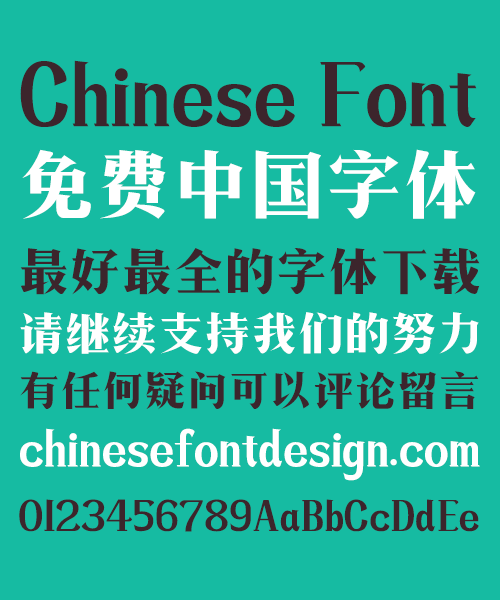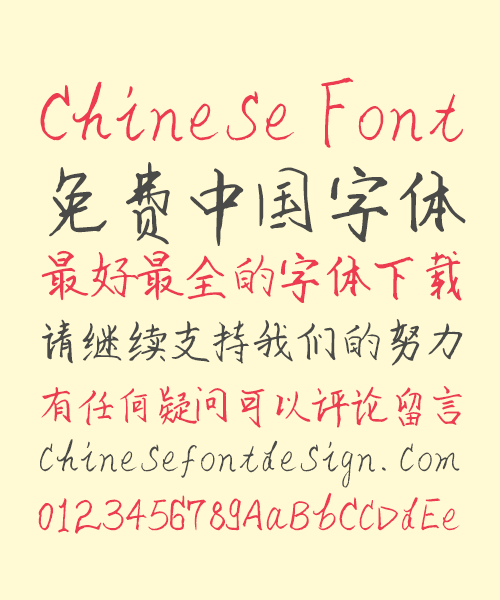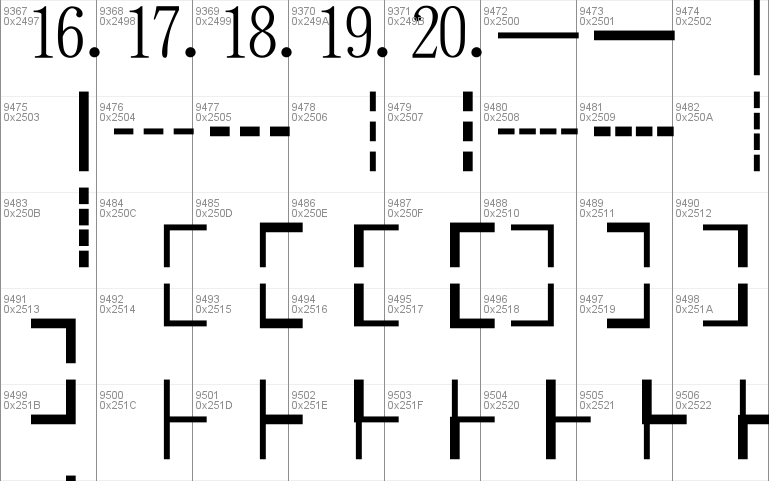
Because of the square monospaced nature of the characters, it works equally well both horizontally and vertically. Nowadays, Chinese text is mostly read from left to right, the same as English. Learn more about Desktop Publishing Check It Out However, in the 50s - alongside the introduction of Simplified Chinese - it became standard to write in the Western style, from left to right and from top to bottom. Historically, Chinese was set vertically and was being read from top to bottom and from right to left. You can also find Traditional Chinese in other languages that have developed with influence from ancient Chinese. In Mainland China, it’s used only in extremely formal cases. Traditional Chinese is still used widely in Chinatowns outside of China, as well as in Hong-Kong, Taiwan and Macau, where it’s the official written language. Simplified Chinese is mostly used in Mainland China, and it’s been the official writing system there since 1954, while Traditional Chinese was used prior to 1954. Both have character shapes that are roughly square, and each character has a monospaced square width, which forms clean grids no matter the direction the text is typed in. How many kinds of Chinese are there?Īs we know, Chinese can be written with two different sets of characters - Traditional and Simplified. It’s a beautiful and fascinating language, and it looks so different than most western languages that we’re used to. Note, however, that Source Han Serif includes just 65,535 glyphs, so it can't cover CJK Extensions later than A.When it comes to Chinese language, we don’t need to quote numbers and statistics to convince someone that it’s one of the most widely used languages in the world.

These fonts offer 7 weights, each in several local variants. Or you could wander down the hall to Adobe's CJK Type blog and see about downloading a suitable weight from the open-source collection, Source Han Serif.

As I say, Simsun offers just one, but ID bundles several weights of Kozuko Mincho Pro (with the usual caveats about using Japanese kanji for Chinese). But it would be much easier, not to mention more attractive, to use a heavier weight. MS Word's artificial bold is similar, and again you can force InDesign to make chars.


ID can too, but you have to insist, most conveniently via a char. A handy MS Word trick for checking a character's encoding in Windows is to select it and hit Alt-x: if that yields five hexadecimal alphanumerics instead of four you're up in the 2nd plane. If so, applying Simsun-ExtB Regular should do the trick. could well be a matter of applying Simsun Regular to characters encoded in Unicode's CJK Extension B up in Unicode's 2nd plane. MS Word can style both as Bold, Italic, and Bold Italic, but ID reports these as errors when it finds them. As far as I know, there are only two Simsun fonts, Simsun Regular and Simsun-ExtB Regular.


 0 kommentar(er)
0 kommentar(er)
